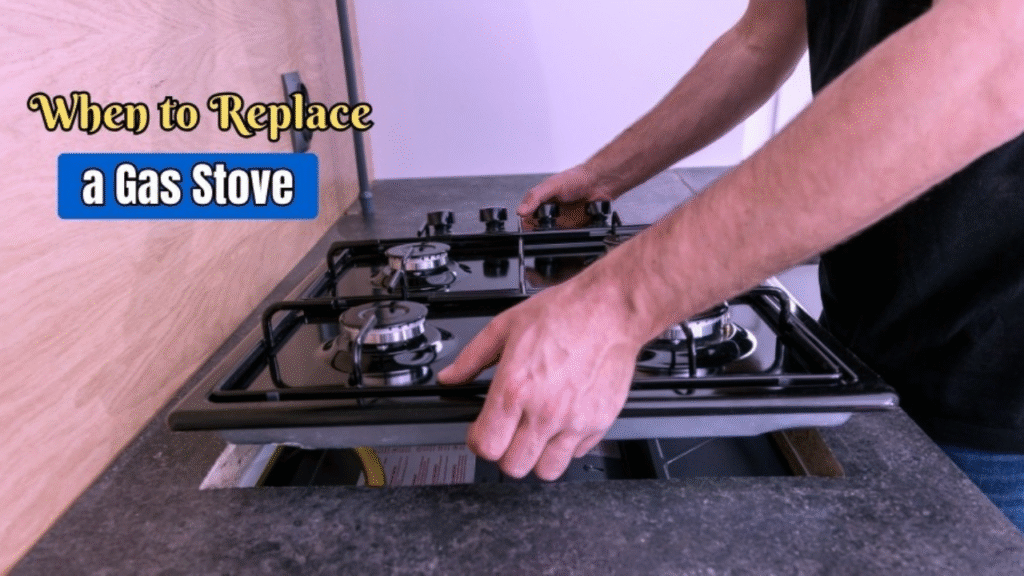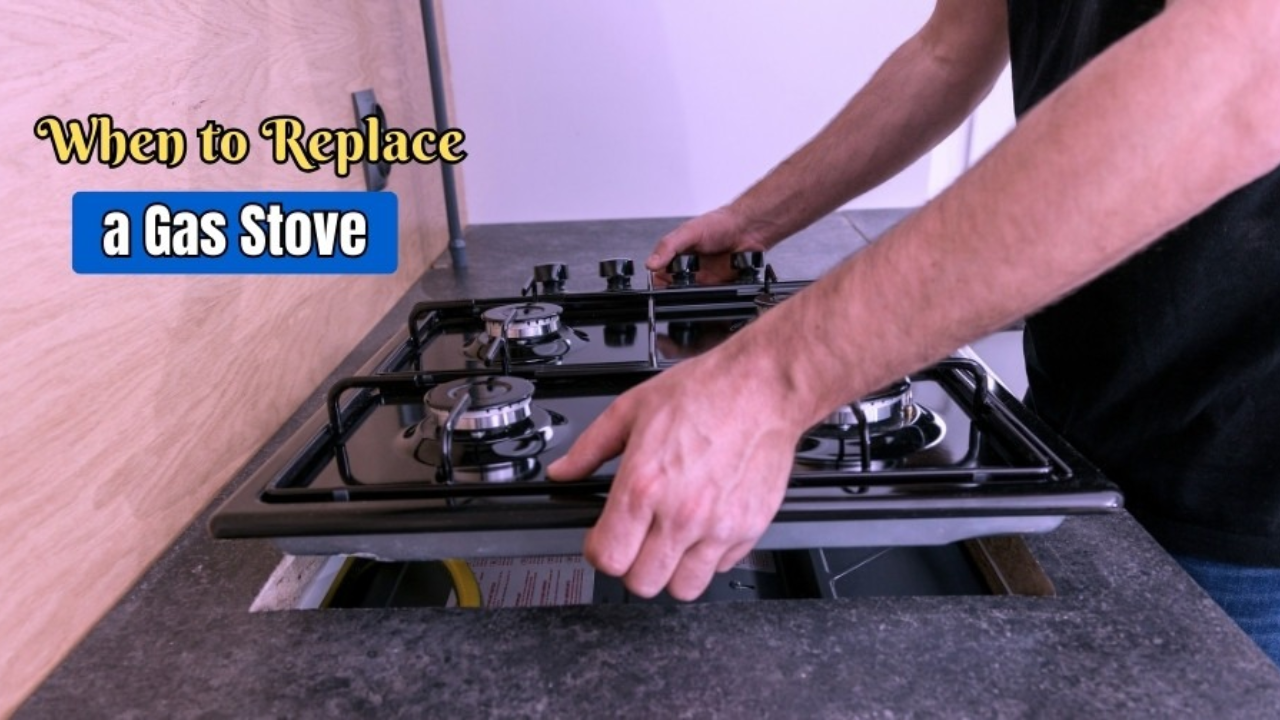
Gas appliances, from stoves and heaters to boilers and water heaters, make everyday living more comfortable and efficient. However, like any other household device, they have a lifespan. When these appliances become old or worn out, they can pose significant safety risks, including gas leaks, carbon monoxide poisoning, or even fires.
Knowing when to replace old gas appliances isn’t just about efficiency—it’s about protecting your home and family.
Why Age Matters in Gas Appliances
Over time, gas appliances experience wear and tear that impacts their safety and performance:
- Metal fatigue in pipes and fittings can cause leaks.
- Worn seals and valves may fail, leading to gas escape.
- Outdated designs may lack modern safety features like automatic shut-off systems.
- Corrosion can weaken key components, making them prone to malfunction.
Most gas appliances have a recommended lifespan, typically:
| Appliance Type | Average Lifespan |
|---|---|
| Gas Stove | 15–20 years |
| Gas Water Heater | 8–12 years |
| Gas Boiler | 10–15 years |
| Gas Heater/Fireplace | 10–15 years |
If your appliance is past its expected service life, replacement should be strongly considered—even if it still works.
Warning Signs You Need a Replacement
It’s not always about age—sometimes, warning signs indicate it’s time to act immediately.
- Yellow or orange burner flames – Indicates incomplete combustion, which can produce carbon monoxide.
- Strange smells – A rotten egg odor suggests a gas leak, while musty smells may signal poor ventilation.
- Frequent breakdowns – Repairs that keep piling up mean the appliance is nearing the end of its life.
- Visible damage – Cracks, rust, or burn marks are serious safety concerns.
- Higher gas bills – Older appliances often use more gas due to declining efficiency.
Safety Risks of Keeping Old Gas Appliances
Holding onto aging gas equipment can have serious consequences:
- Gas Leaks – Even a small leak can be dangerous and lead to explosions.
- Carbon Monoxide Poisoning – Faulty combustion can release this deadly, odorless gas.
- Fire Hazards – Worn components or poor ventilation can ignite flammable materials nearby.
- Property Damage – Malfunctions can lead to costly repairs or insurance issues.
Benefits of Upgrading
Replacing an old gas appliance comes with multiple advantages:
- Improved Safety – Modern appliances have advanced shut-off and leak detection features.
- Energy Efficiency – Newer models use less gas, lowering utility bills.
- Better Performance – Consistent heating, faster cooking, and reliable operation.
- Compliance – Meets the latest safety and environmental regulations.
How to Decide Between Repair and Replacement
| Factor | Repair is Better If… | Replacement is Better If… |
|---|---|---|
| Age of Appliance | Less than half of expected lifespan | At or beyond expected lifespan |
| Repair Costs | Minor and inexpensive | Exceeds 50% of replacement cost |
| Safety Concerns | Fully repairable with certified parts | Structural or combustion system damage |
| Efficiency | Still operates at near-original efficiency | Uses significantly more gas than average |
| Warranty | Still covered | Warranty expired and parts are scarce |
Overview Table
| Appliance Type | Lifespan (Years) | Key Replacement Signs | Main Safety Risk | Benefit of New Model | Action Plan |
|---|---|---|---|---|---|
| Gas Stove | 15–20 | Uneven flames, yellow tips | Carbon monoxide leakage | Better fuel efficiency | Replace if over 15 years |
| Water Heater | 8–12 | Rusty water, leaks, strange noises | Gas leaks or burst tank | Lower energy consumption | Inspect annually after 8 years |
| Boiler | 10–15 | Poor heating, high bills, frequent fixes | CO buildup, fire hazard | Consistent heat output | Plan upgrade after 12 years |
| Gas Heater | 10–15 | Odd smells, slow heating | CO poisoning, ignition risks | Safer combustion technology | Replace before peak winter season |
| Fireplace | 10–15 | Cracks, soot buildup | Poor ventilation, CO risk | Cleaner burning, stylish look | Upgrade to sealed or vented design |
Safety Steps Before and After Replacement
Before Replacement:
- Schedule a professional inspection to confirm the condition.
- Get multiple quotes for new models.
- Choose an appliance that meets current safety standards.
After Installation:
- Have the new appliance tested for leaks and efficiency.
- Install carbon monoxide detectors near bedrooms.
- Schedule annual maintenance to extend lifespan.
Legal and Insurance Considerations
- Many regions require licensed technicians for installation and removal of gas appliances.
- Failure to replace unsafe equipment could void home insurance.
- Landlords must comply with rental gas safety regulations to avoid fines.
Conclusion
Old gas appliances can turn from helpful household tools into hidden hazards if ignored for too long. Watching for warning signs, knowing lifespan limits, and prioritizing safety over savings can protect your home from dangerous leaks, fires, and carbon monoxide poisoning. Upgrading to a modern, efficient model is an investment in safety, comfort, and peace of mind.
3 One-Line FAQs
Q1: How often should gas appliances be replaced?
A1: Follow the manufacturer’s lifespan guidelines—typically 8 to 20 years depending on the appliance.
Q2: Can an old gas appliance still be safe if it works fine?
A2: Possibly, but aging components can fail suddenly; regular inspections are crucial.
Q3: What’s the biggest safety risk with old gas appliances?
A3: Carbon monoxide poisoning from incomplete combustion.

